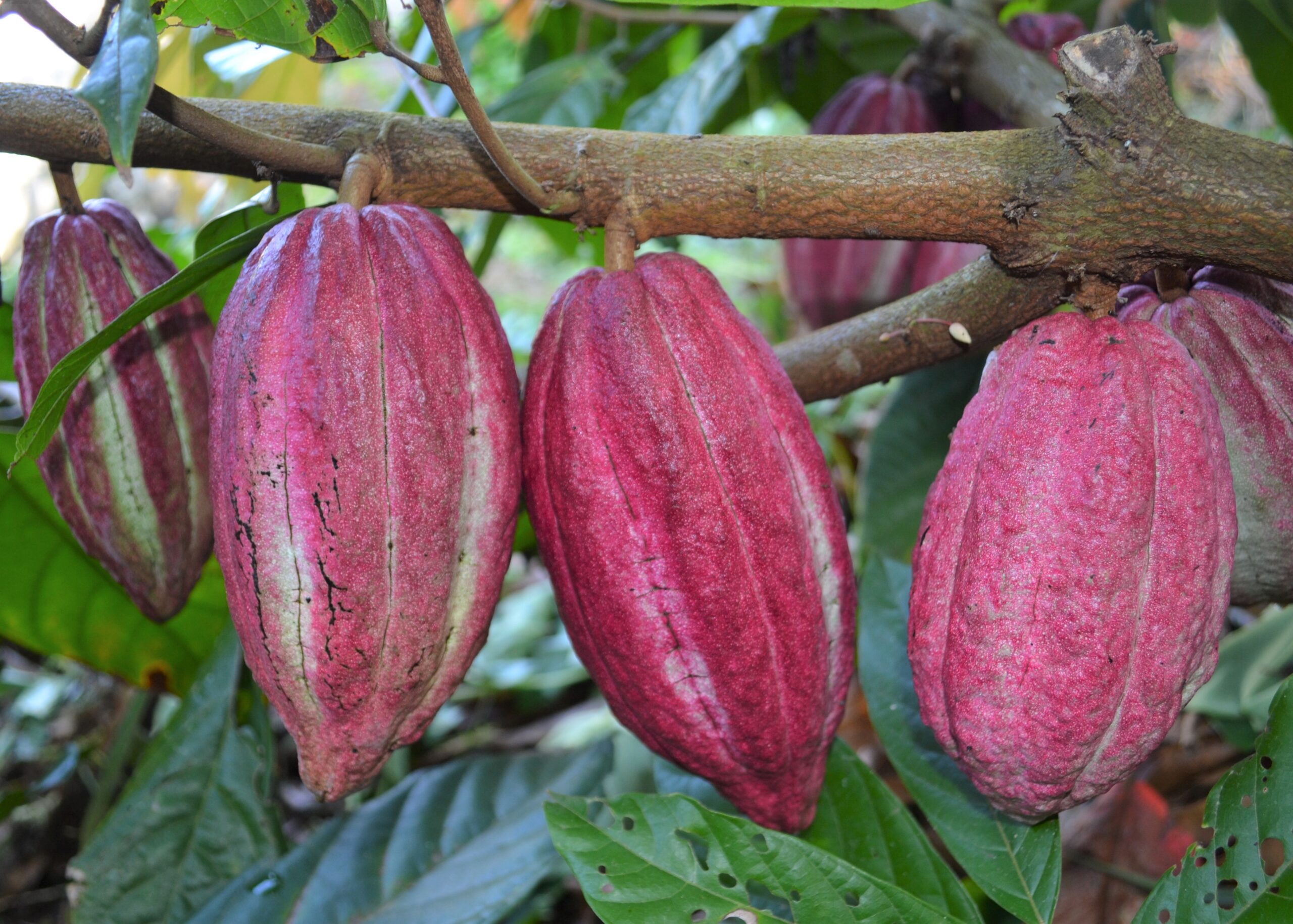Text and Photos by Henrylito D. Tacio
It’s not only rice farmers and vegetable growers that are greatly affected by the current high cost of fertilizers. Cacao farmers are also feeling the pinch.
“There is a slight decrease in production in Davao region maybe because farmers do not apply fertilizer anymore due to its high cost,” said Val D. Turtur, former executive director of Cacao Industry Development Association of Mindanao (CIDAMI), the leading cacao organization in the country.
About 78.76% of the annual production of cacao in the country, as per records from the Philippine Statistics Authority (PSA) came from Davao region, composed of Davao City and the provinces of Davao de Oro, Davao del Norte, Davao Occidental, Davao Oriental, and Davao del Sur.
From April to June this year, the region produced 1.61 thousand metric tons or 71.3% share of the total cacao production, PSA records showed. Still, the region still accounted for the most cacao production in the country.
It’s not only the high cost of fertilizers that greatly affected cacao production in the region. Pest infestation has also taken its toll, Turtur said, citing cocoa pod borer as the most prevalent in the region.
“This type of insect can affect cacao production by more than 50% if not properly addressed,” he warned. “The high cost of inputs such as pesticides prevent farmers from controlling the infestation of pests which affect farm productivity.”
In fact, he observes that some cacao trees in the region are being cut down. Hence, he expects a low production during the high-peak season in November up to January next year.
Under Republic Act 11547 of 2021, the whole Davao region has been declared the cacao capital, with Davao City as the chocolate capital of the country. The law, signed by then president Rodrigo R. Duterte, recognizes the importance of cacao “as a driver of rural development because of its potential as a raw material that can increase the country’s export earnings tremendously.”
Currently, the global demand for cacao is about 5 million metric tons per year. A shortage is expected in the coming decade due to the increasing demand around the world.
Cacao (literally means “foods of the gods” and known in the science world as Theobroma cacao) is highly prized because of its beans. Because of their intense bitter taste, they have to be fermented to develop the flavor. After fermentation, the beans are dried, cleaned, and roasted, and the shell is removed to produce cacao nibs. The nibs are then ground and liquefied, resulting in pure chocolate in fluid form: chocolate liquor. The liquor can be further processed into two components: cocoa solids and cocoa butter.


Pure, unsweetened chocolate contains primarily cocoa solids and cocoa butter in varying proportions. Much of the chocolate consumed today is in the form of sweet chocolate, combining chocolate with sugar.
“The artisan chocolates being produced locally are already competitive with the internationally known brands in terms of taste and quality and the packaging,” observed Turtur, who once headed the Philippine Cacao Industry Council.
The region is now known for its Malagos Chocolate, which won seven international awards in 2019. Auro Chocolates, another multi-awarded brand, is noted for its bean-to-bar process.
But the price is the clincher.
“The price of local chocolate products is a bit higher than the commercial chocolates found in the shelves of the supermarkets,” Turtur said. “While few are producing fine chocolates, there are still a lot of local chocolate processors who are doing the traditional way of making tablea and chocolates by using non-food grade materials.”
Talking about the international market for local chocolates, he said it’s a “highly complicated business.”
“We may produce the best and the finest chocolate in the world – having won as one of the best beans in the world – but without a good marketing strategy and perhaps branding, it is very hard to compete with the leading chocolate brands,” Turtur explained.
According to him, the country has at least three locally-produced chocolates, one of which is from Davao.
“The one from Davao has already penetrated the international market but they are still struggling to make a splash into the international market,” he pointed out. “Yes, we can certainly break into the international market but to stay in that market is another thing. We need strong branding and marketing in order to be at par with these known chocolate brands.”
Turtur asked the government to fully support cacao farmers if they want to produce high quality cacao beans. Right now, the urgent needs of cacao farmers are farm inputs (fertilizers and pesticides).
“Only few cacao farmers can afford to buy (expensive) fertilizers and pesticides,” he stressed. “Those who cannot buy will just simply leave their cacao farms as it is, thus productivity is compromised.”
Non-availability of water during the dry season is another problem cacao farmers face. “Irrigation is necessary, especially during this time of global warming,” Turtur said. “Smallholder farmers cannot certainly afford to set up an irrigation system; it’s only the government that can.”
He believed it’s the time now for the government, through the National Irrigation Administration, to provide irrigation systems to other crops other than rice. Otherwise, he joked, the government should rename NIA to NRIA or National Rice Irrigation Administration.
Turtur urged cacao organizations to lobby with the government for the subsidy support for farmers on farm inputs and for the provision of irrigation systems. “These two provisions are crucial to sustain cacao farming,” he declared.

